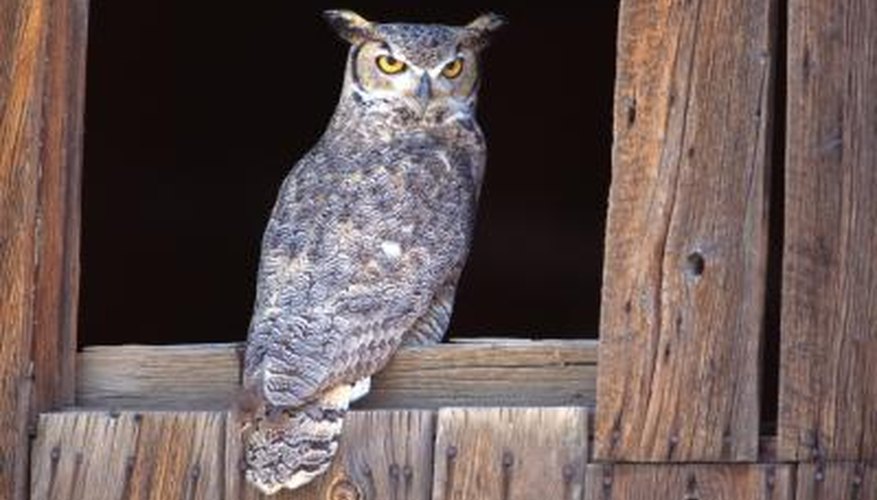When the sun goes down many animals wake up and begin their activities. Heading out into the country to track and observe wildlife at night is an exciting method of observing animals not typically seen. Among the methods of identifying nocturnal animals is through their eyes. Often the eyes give off a glow at night that is easily recognisable.
- When the sun goes down many animals wake up and begin their activities.
- Heading out into the country to track and observe wildlife at night is an exciting method of observing animals not typically seen.
Keep the headlamp on the forehead with the light setting as low as possible for you to move about in the dark. Keep a lens cover handy for when you hear or spot animals. A lens cover is anything that allows some light to escape, yet mutes the light so as not to blind or startle the nocturnal animal.
Shine the muted-covered light to the animal's direction when you hear it or spot movement. Wait for the light to catch the animal's eyes. Look for the reflective colour of the eyes and the shape. Look for the eyelid shape over the pupil and the slit's orientation. For example, when encountering wild felines at night, look for a heavy upper eyelid, and a pupil that is perpendicular to the eye shape. Most wild felines eyes glow green at night.
Check the shape of the eye to see if it is a larger and more round than oval shape. This is a good indication of a deer. As the light reflects into the deer's eyes, you will see a red or green, near pupil-less reflection. Black bear have large round eyes at night and are set closer to the ground than a deer's. A bear's eyes are near pupil-less and glow red or green.
- Shine the muted-covered light to the animal's direction when you hear it or spot movement.
- As the light reflects into the deer's eyes, you will see a red or green, near pupil-less reflection.
Look to see if the pupil is on a parallel pattern to the eye oval and is glowing red. This is a clear indicator of a wild canine such as a coyote or wolf. Red fox eyes are more feline with a perpendicular pupil and a red glow. Fox are identified over other canines based on the pupil and the angled oval shape versus a rounder curved oval.
Look into trees or rafters to find owls. An owl's eyes glow near yellow with large open pupils.
